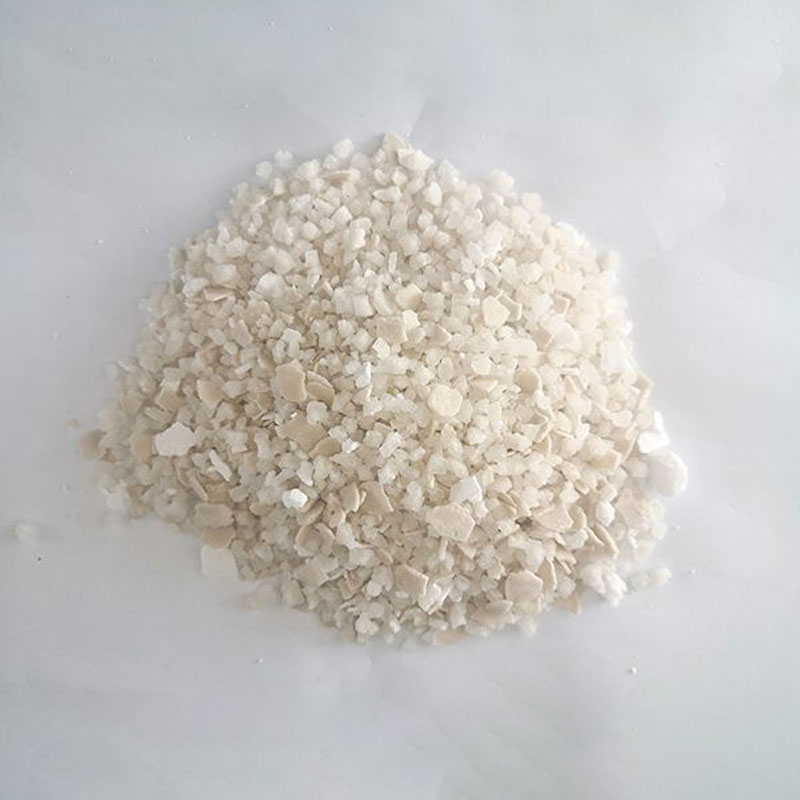A Greener Way to Melt Snow: Eco-Friendly Alternatives to Traditional Ice Melters
2025-02-13
As winter blankets roads, driveways, and sidewalks with snow and ice, many people turn to chemical deicers to ensure safety and accessibility. However, conventional snow-melting agents—such as rock salt (sodium chloride) and calcium chloride—can have harmful effects on the environment, infrastructure, and even human health. Fortunately, there are more sustainable alternatives that effectively melt ice while minimizing environmental damage.
The Environmental Impact of Traditional Deicers
While rock salt is widely used due to its affordability and effectiveness, it comes with serious downsides. When snow melts, the salt runoff enters waterways, increasing salinity levels in lakes and rivers. This disrupts aquatic ecosystems, harms freshwater species, and affects drinking water supplies. Additionally, salt can degrade soil quality, damage vegetation, and corrode metal infrastructure, including vehicles and bridges.
Calcium chloride and magnesium chloride, commonly used alternatives to rock salt, pose similar risks. Though they work at lower temperatures, they can still contribute to water contamination and soil degradation. The long-term accumulation of chlorides in the environment can have lasting consequences, making it crucial to explore eco-friendly alternatives.
Environmentally Friendly Snow-Melting Options
1. Calcium Magnesium Acetate (CMA)
CMA is an organic-based deicer that offers a safer alternative to traditional salts. It is biodegradable, non-corrosive, and has minimal impact on vegetation and waterways. Though slightly more expensive than rock salt, it provides a sustainable solution for areas where environmental protection is a priority.
2. Beet Juice Blends
A surprising but effective deicer, beet juice is often mixed with brine solutions to enhance melting efficiency. This natural additive helps reduce the amount of salt needed, lowering environmental harm while maintaining effectiveness in extreme cold temperatures.
3. Sand and Grit Mixtures
While sand and crushed stone don’t melt ice, they provide traction on slippery surfaces without causing chemical pollution. Using these materials alongside minimal amounts of eco-friendly deicers can be an effective and sustainable winter safety strategy.
4. Alfalfa Meal
This natural fertilizer is sometimes used as an alternative traction aid. It absorbs sunlight, helping to speed up ice melting while being completely biodegradable and beneficial to soil health.
5. Brine Solutions with Reduced Chloride Content
Pre-wetting roads with brine (a solution of water and salt) can reduce the overall amount of deicing chemicals needed. Some municipalities are experimenting with lower-chloride formulations to balance effectiveness with environmental protection.
Choosing the Right Solution
When selecting a snow-melting agent, consider local environmental concerns, the expected temperature range, and the surface you’re treating. While eco-friendly options may be slightly more expensive, their long-term benefits—such as reduced soil degradation, cleaner waterways, and less infrastructure damage—often outweigh the initial cost.
Switching to environmentally friendly snow-melting agents is a small but impactful step toward reducing winter’s ecological footprint. By making thoughtful choices, individuals and communities can prioritize safety without compromising environmental health.



